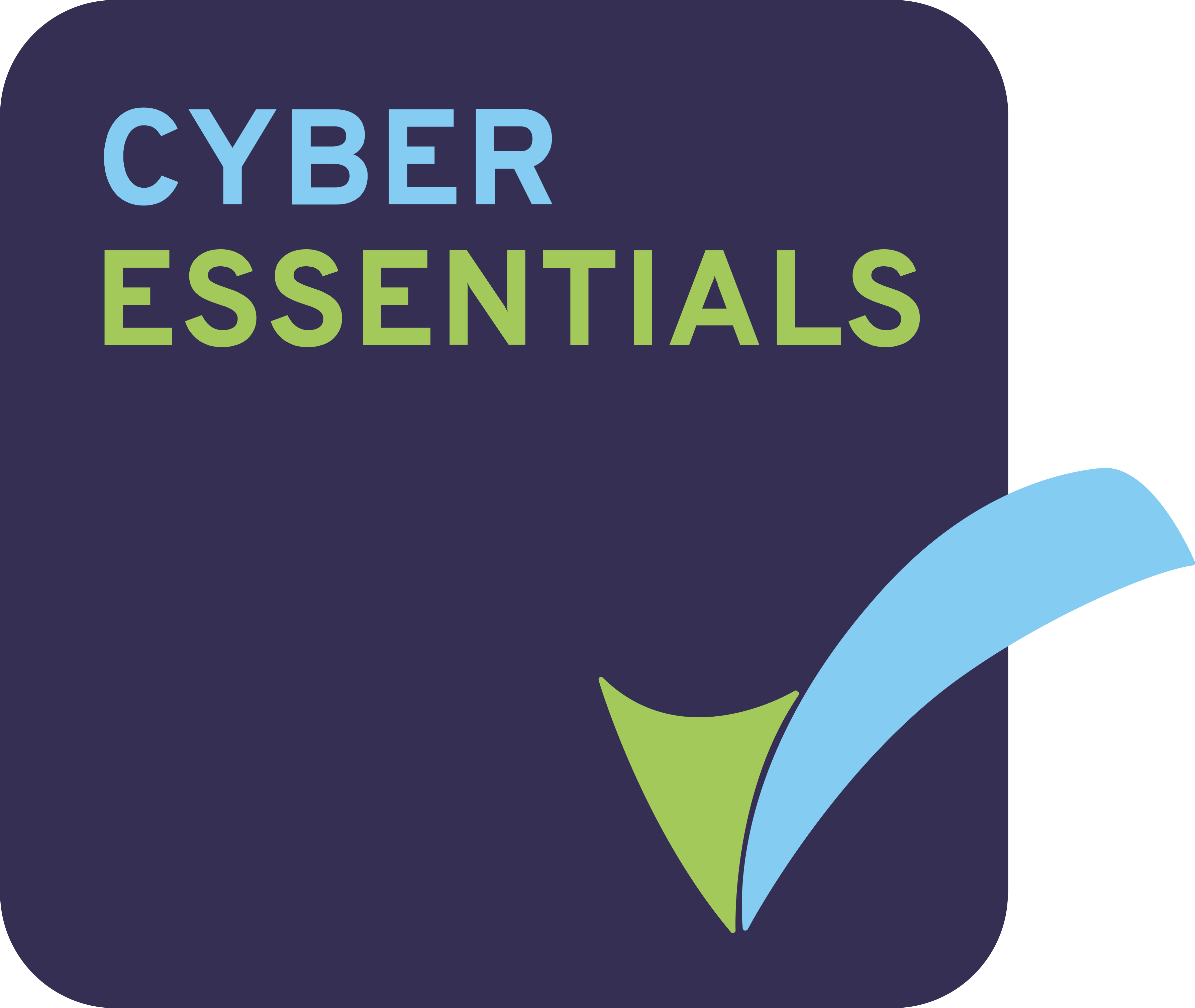Securing Video Collaboration: Master the Art of Secure Video Collaboration
Planning a Secure Video Collaboration Project
Video collaboration has become an indispensable tool for modern businesses, fostering connectivity in an increasingly remote and globalised world. However, the sensitive nature of data shared over these platforms makes security a top priority. This guide outlines a step-by-step approach to planning a secure video collaboration project, covering foundational principles, identifying threats, and implementing both network and cloud-based security measures. Implementing best practices for secure video meetings ensures that video calls remain protected.
Understanding Video Collaboration Security
Video collaboration involves real-time sharing of video, audio, and uses sensitive data, which can be vulnerable to cyber threats. Security measures focus on ensuring:
- Confidentiality: Only authorised participants can access meetings and shared data.
- Integrity: Data remains unaltered during transmission.
- Availability: Reliable access for participants without disruptions.
Establishing a comprehensive security framework is the first step toward safeguarding digital communications and achieving secure video collaboration. Following video conferencing security tips is essential to maintaining this framework.
Identifying Key Threats to Video Collaboration
Understanding potential vulnerabilities is essential to developing an effective video collaboration security strategy. The primary threats include:
- Unauthorised Access: Weak passwords, unprotected links, and poorly regulated access can lead to disruptions or data breaches (e.g., “Zoom-bombing”). Protecting video conferencing platforms from unauthorised users is critical.
- Eavesdropping and Data Interception: Without robust encryption, attackers may intercept conversations and gain access to sensitive files. Video collaboration encryption ensures secure transmissions and enhances privacy in video collaboration.
- Phishing and Malware: Cybercriminals use malicious meeting links or phishing tactics to trick users into sharing confidential information or downloading harmful software. Cybersecurity for video calls mitigates these risks.
Insider Threats
Legitimate users may accidentally or intentionally compromise security by misusing their access. Secure virtual meetings reduce the likelihood of insider threats.
By recognising these risks, organisations can tailor their defences to address specific vulnerabilities.
- Building a Secure Network Infrastructure: Network security forms the backbone of a secure video collaboration environment. Key components include:
- End-to-End Encryption (E2EE): Encrypt video, audio, and shared files to ensure communication privacy. Use strong encryption standards, such as 256-bit AES GCM. Implementing video collaboration encryption is a best practice for secure video meetings.
- Firewall and Threat Monitoring: Use firewalls to filter traffic and detect suspicious activities, enabling swift responses to anomalies. Protecting video conferencing platforms involves continuous monitoring.
- Bandwidth Management: Prevent disruptions by allocating sufficient bandwidth, minimizing risks associated with reconnection attempts.
- Virtual Private Networks (VPNs): Encrypt data and mask IP addresses to secure transmissions over public or shared networks, ensuring privacy in video collaboration and supporting secure online collaboration tools. Encrypt data and mask IP addresses to secure transmissions over public or shared networks.
Securing Cloud-Based Video Collaboration
The shift to cloud platforms brings flexibility but also unique security challenges. Organisations should:
- Choose a Secure Cloud Provider: Select vendors that meet stringent standards like SOC 2 compliance and conduct regular security audits to ensure safe remote work collaboration.
- Encrypt Data in Transit and at Rest: Ensure comprehensive encryption protocols to safeguard sensitive information.
- Implement Robust Access Controls: Use multi-factor authentication (MFA), role-based permissions, and session timeouts to limit unauthorised access. Secure online collaboration tools enhance these efforts.
- Regularly Update and Patch Software: Stay ahead of vulnerabilities by promptly applying updates.
- Ensure Regulatory Compliance: Align with data protection laws like GDPR or HIPAA to avoid legal and financial penalties.
Best Practices for Ongoing Security
Beyond technical measures, integrating best practices can enhance overall security:
- Regular Software Updates: Keep all applications current to address vulnerabilities and maintain secure online collaboration tools.
- Employee Training: Educate staff on recognising phishing attempts and maintaining secure behaviors, fostering safe remote work collaboration.
- Access Management: Continuously monitor for unusual activity and restrict access to authorised users only, ensuring privacy in video collaboration.
- Periodic Security Audits: Conduct regular assessments to identify and address emerging risks, aligning with best practices for secure video meetings.
Conclusion
Securing video collaboration requires proactive planning and execution. By understanding foundational security principles, identifying threats, and implementing strong defences at both the network and cloud levels, organisations can protect their virtual meeting environments. The steps you take today to prioritise video collaboration security will ensure seamless, secure communication in an interconnected future.
Discover our Video Collaboration Security

 Australia
Australia Canada
Canada LATAM
LATAM New Zealand
New Zealand UAE
UAE United States
United States








